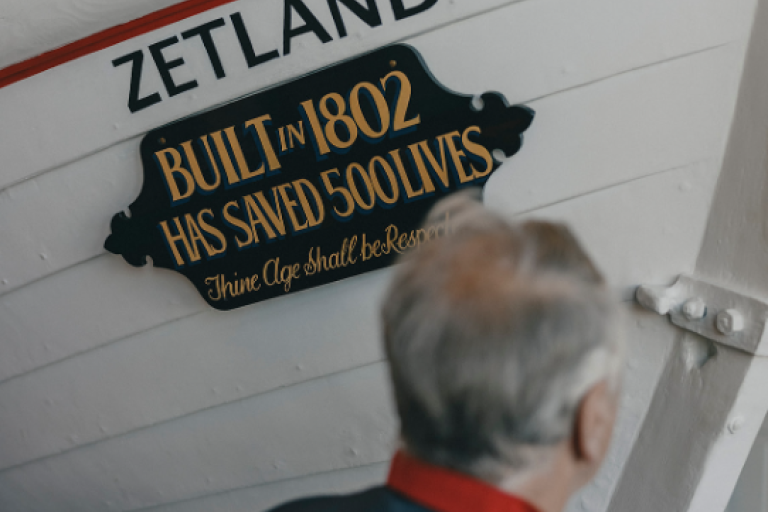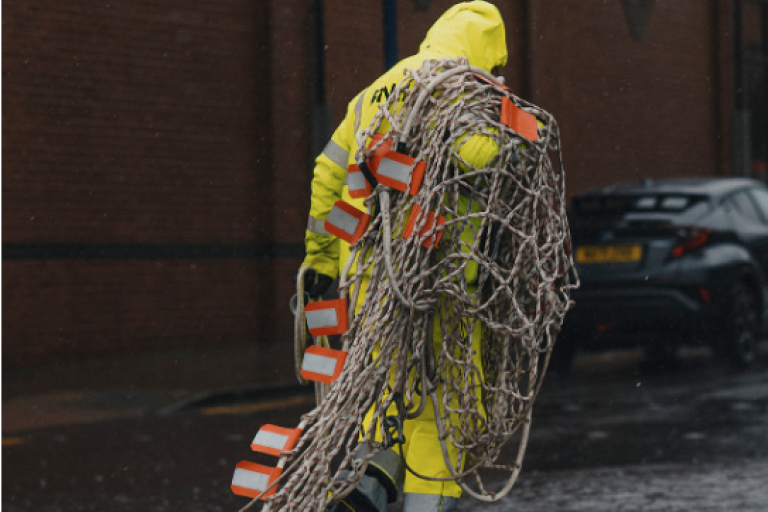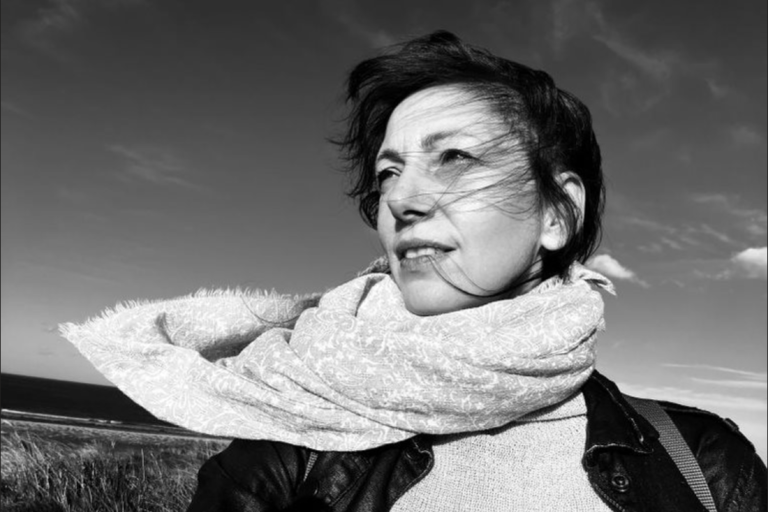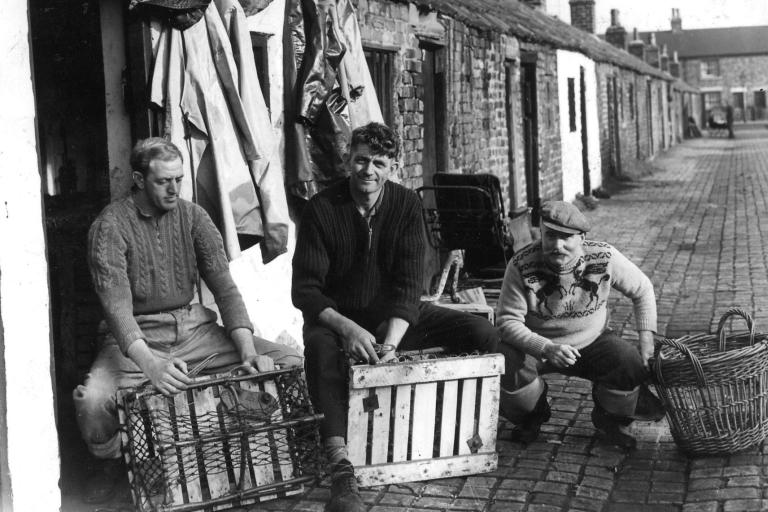A new photography exhibition exploring the motivations that drive volunteers to risk their own safety to save lives at sea has opened at Kirkleatham Museum.
Photographer Michael Sreenan, of Redcar, has created the display which celebrates the RNLI during its 200th anniversary.
There’s a deep, historic bond between the people of Redcar and lifeboats with the world’s oldest lifeboat, The Zetland, built in 1802, proudly on display in the town.

The exhibition is called Let Not the Deep Swallow Me Up and explores the motivations that drive RNLI volunteers to risk their own safety and examines the deep-rooted sense of duty and compassion that compels these volunteers to save lives at sea. The images tell stories both historic and current.

Michael Sreenan, Portrait of Britain winner in 2023, explained that he aims to evoke a sense of connection and storytelling through his work, whether a personal project, commissioned or commercial. He has had public exhibitions and works with a range of commercial clients.
Michael Sreenan said:
“I set out with the aim of finding out what drives these volunteers to do these incredible things. To leave their families, sometimes in the dead of night to risk their lives for others and the do it like it’s nothing. I wanted to find out just who these people were and what drives them.
“As the project went on, it changed a bit as I discovered how deep the bond is between the RNLI and our community here. There are people who might have even forgotten they do have that connection but when they talk they’ll have a story. It could be about when a ship came ashore in the 90s and they helped or someone told me how their family had horses in Marske which would be used for the lifeboat. I want people to discover this history once again.”
Councillor Carrie Richardson, Cabinet Member for Climate and Culture at Redcar & Cleveland Borough Council, said:
“This is a brilliant and important exhibition. The whole country is rightly proud of the RNLI…but no-one can be prouder than the people of Redcar and Cleveland where we have such a bond. Well done to Michael and everyone else involved. I would urge everyone to get down and see this exhibition which really gets across what it means to save lives at sea.”
The exhibition is free to enter and has opened today, Friday 10 May. It will run throughout the Summer of 2024.
The exhibition has been supported by Carmen Marcus whose family – the Thompsons – have been involved on lifeboats since even before the formation of the RNLI and can trace their history back to The Zetland, the world’s oldest surviving lifeboat dating from 1802 and even the family of Captain Cook.
Carmen, a writer who is researching stories of the sea from the local area as part of a PhD at Teesside University, tells tales of rescuing souls at sea and will be involved in further exhibitions and workshops in both schools and the wider community in the coming months with illustrator, Kat Lynas.

“These stories and our community’s deep connection with the sea and saving lives at sea are so valuable and must not be lost,” says Carmen. “It’s a bond we still have, a living history.
“My cousin, Rodney, is still a pilot cutter on the Teesmouth Lifeboat and made his first rescue when he was just 11 on his own little boat. We were at Kirkleatham Museum not long ago, visiting the James Knott, the lifeboat he served on, when he noticed the rope was tied wrongly. He lent through – giving the curator a heart attack – to put it right. He had to do it. A lifeboatman would never, ever leave a boat not ready to sail at a moment’s notice. No matter what has happened, a lifeboat on return is left perfect, ready to go again. Even if she's on land.”
Carmen tells more stories of her family and the community of South Terrace where so many Redcar fisherfolk lived (and the first telephone was thought to be installed, at number 6, to help raise the lifeboat crew, more than 100 years after those drums first beat the alarm). How her Uncle Jim felt compelled to look out to sea very early on New Year’s Eve, 1972, and saw a flare – a boat in severe distress. He and friends rescued a friend, Tony Young and another fisherman, on the Daisy Ellen, a boat named after Jim and Mark’s mother. More than 20 years later Tony Young found that boat in a breaker’s yard. This time he came to the rescue and bought and restored the boat and she can be found back in Fisherman Square today.

There’s the tales of the big rescues, The Rohilla, HMS Walrus, many others. All with souls saved by the lifeboatmen and women.
Carmen explained that this exhibition and the activities that will take place are just the beginning of a lifelong ambition to share the many stories of Redcar's rich sea stories, past and present. “I have a letter from my dad which he wrote to me before he died, talking about a lot of things,” says Carmen. ‘I want you to know the women played their part,’ he says, explaining how important they were to the story too and this is a critical part of the story Carmen wants to share through her work with illustrator Kat Lynas through her writing, and the school and public workshops.
“The kinship was – and is – incredible. Brave and warm-hearted people. We must never forget them and must tell their stories.”